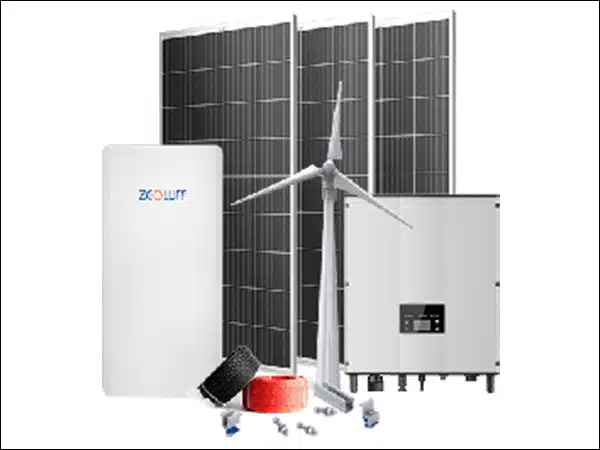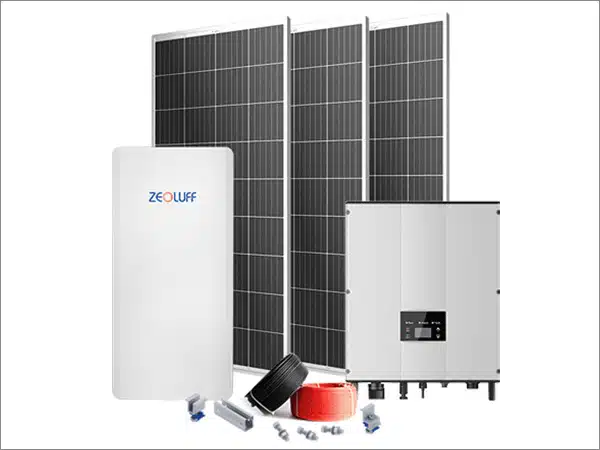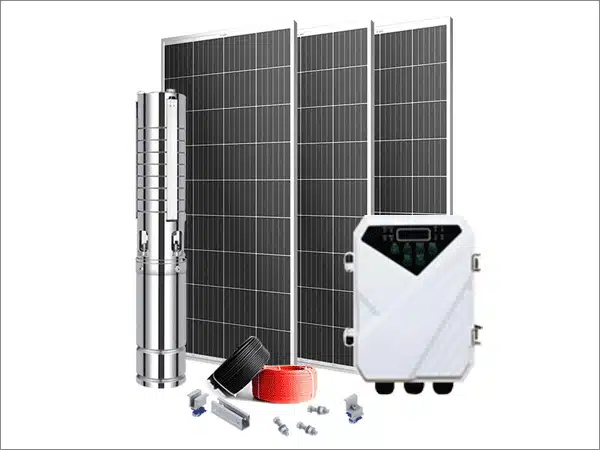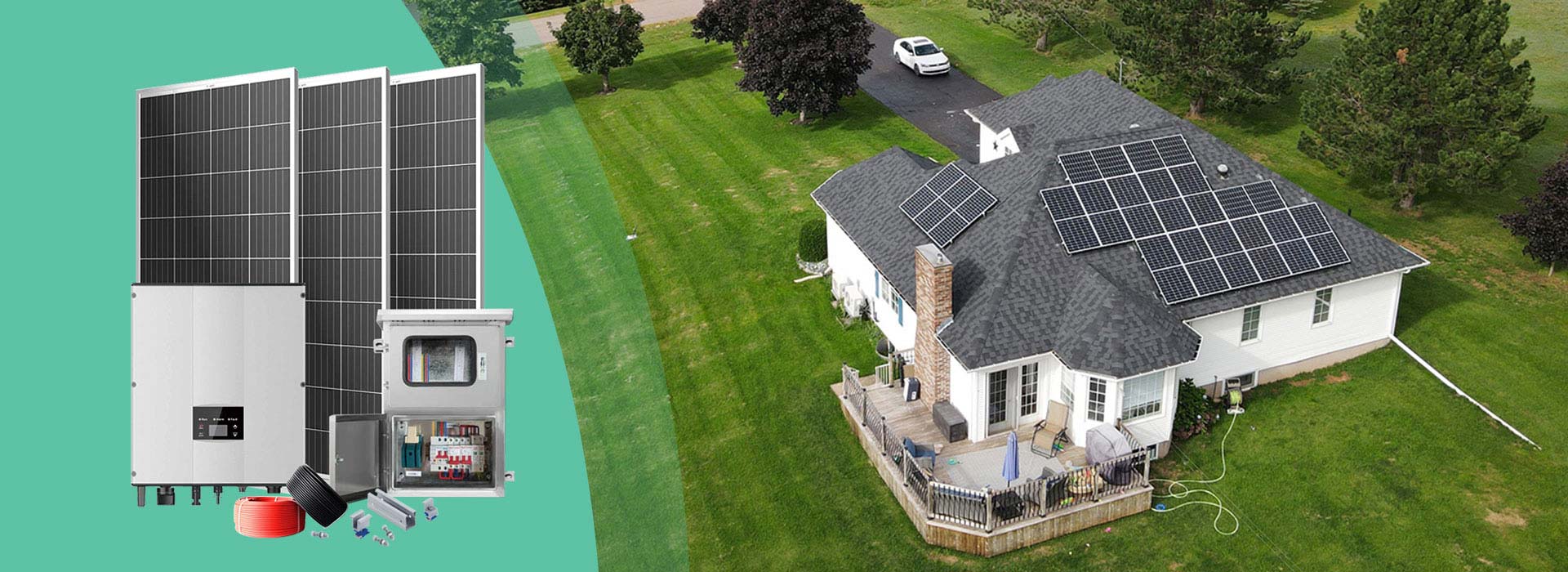
On-grid Solar System
Zeoluff on-grid solar power system includes solar panels, a PV inverter, a power distribution box, etc. The utility grid and the on-grid solar system always function together. When there is sufficient sunlight, the PV power control system powers the AC workload and sends any excess power to the grid. When there is not enough sunlight, the solar energy system is unable to power the load to its full capacity. In this case, it can also draw power from the grid to power the load.
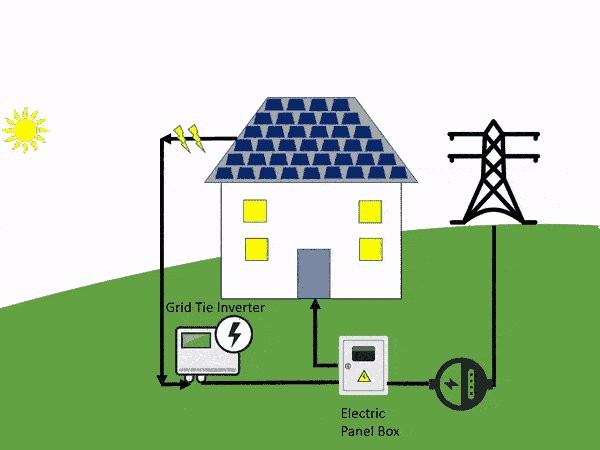
On-grid Solar System:
- Generate power ranging from 1KW to 100 MW
- Connecting with utility grid, continuous supply of electricity.
- Powering grid and have access to funding from the public grid.
- Easy installation & low installation cost.
- Using JA solar panel, higher conversion efficiency.
- No battery, lower investment cost than other solar systems.
- Greatly reduce power consumption on the grid.
Features of Zeoluff On-grid Solar System:
1. Daily electricity supply assurance:
You will never experience power outages if you decide to use solar energy or the utility grid to fulfil your electrical needs.
2. Saving on the electric bill:
Your electricity bill will be decreased most significantly if you install an on-grid solar system. You can alter your usage volume during peak electricity demand hours and avoid paying peak charges, which are higher prices utilities impose for grid usage during peak times. You pay less in electricity bills and make more money thanks to net metering.
3. Possibility of making money:
By using a net meter at home, you can monitor how many units you contributed to the power system. When you use net metering, the utility provider pays you or credits your account for the electricity your solar system produces and sends to the grid. Additionally, you will receive payment for the electricity.
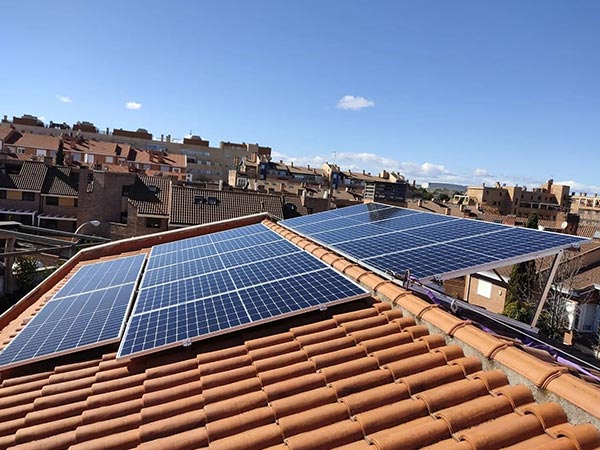
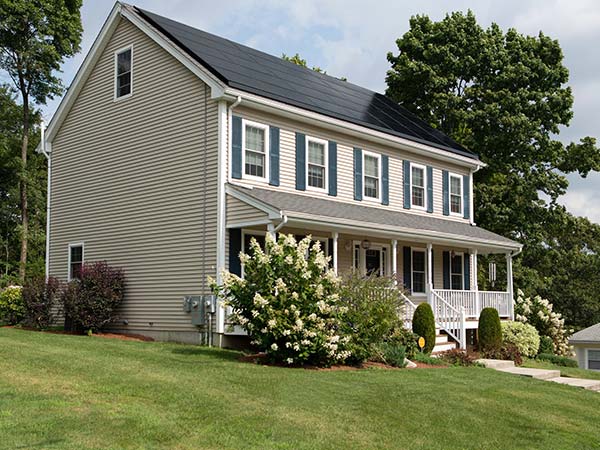
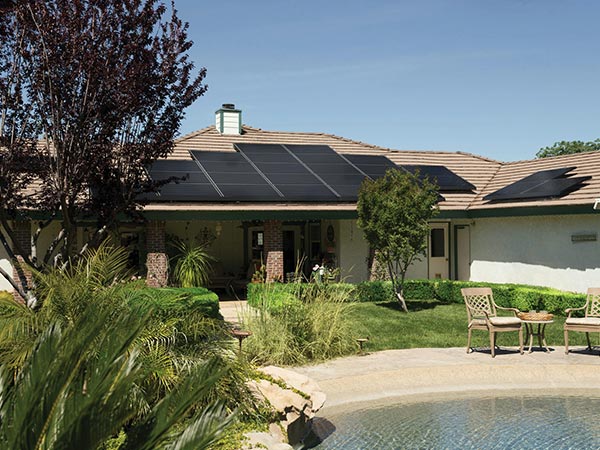
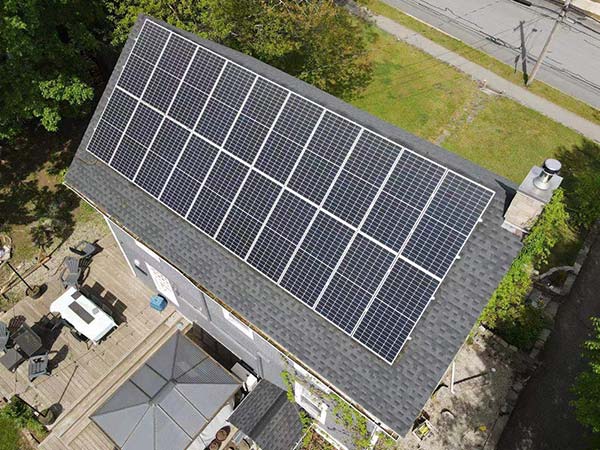
4. High working efficiency:
The on-grid system operates simultaneously with the grid. Any home appliance can be used with a grid-tied solar system; it is not restricted to on-grid systems. Furthermore, it utilizes all of the solar energy produced by the solar system. For instance, a system connected to the grid at 1 kW can run 5 kW of electricity.
5. Simple to install:
On-grid solar system installation is simple and can be completed on the rooftop by oneself. It is simple to install on a variety of rooftops, including those of homes, commercial buildings, housing societies, community centers, governmental agencies, for-profit businesses, etc.
6. Low cost & little upkeep:
When compared to an off-grid system, the on-grid solar system is less expensive to install because it does not require batteries. Compared to other solar systems, it costs less. It requires less upkeep and typically lasts longer.
How To Choosing The Most Suitable Solar Energy System?
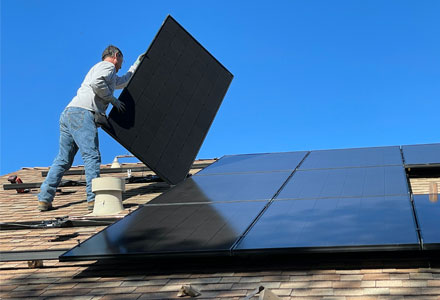
1. Ensuring Installation Space:

2. Know Your Historical Electricity Bill:
When deciding on the finest solar energy system for your home and your energy demands, the specifics of your power bill can be quite helpful. Each bill details your monthly energy usage totals and how they compare to the same month the year prior. Even hourly and daily usage can be viewed. With the use of this information, Zeoluff can quickly determine how many solar panels you’ll need.
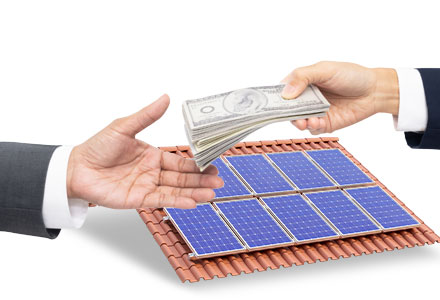
3. Learning Local Solar Subsidy Program:
Main Parts of Hybrid Solar System:

Solar Panel:
Function: Collecting solar energy and converting it into electricity.
Features:
1. Using JA solar panel
2. High module conversion efficiency and low operating temperature.
3. More power output than normal types in weak light conditions, such as cloudy, morning and sunset.
4. Able to withstand harsh environments.
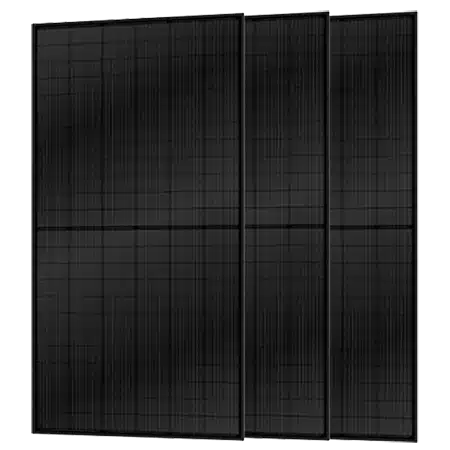
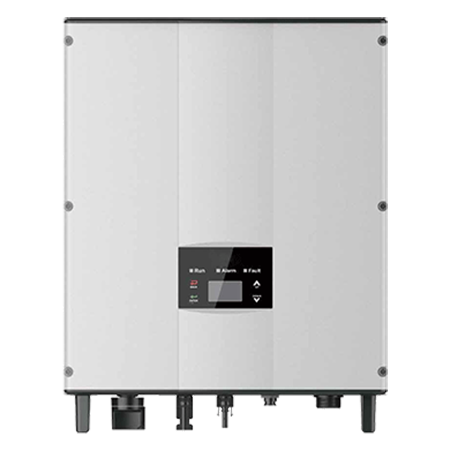
PV Inverter:
Function: Converts the direct current output from the solar system into alternating current with the same amplitude, frequency, and phase as the grid voltage.
Features:
1. Waterproof and dustproof, C5 anti-corrosion.
2. Compatible with wide power grid voltage and high harmonic power grid environment.
Mounting Structure:
Function: The panel is securely held in place by the skeleton framework. They are often made of galvanized iron or aluminum. Brackets for solar panels can be fixed or moved to follow the sun. Features:
1. Versatile and flexible for all roof types.
2. Easy and fast installation and assembly.
3. No rust, long service life.
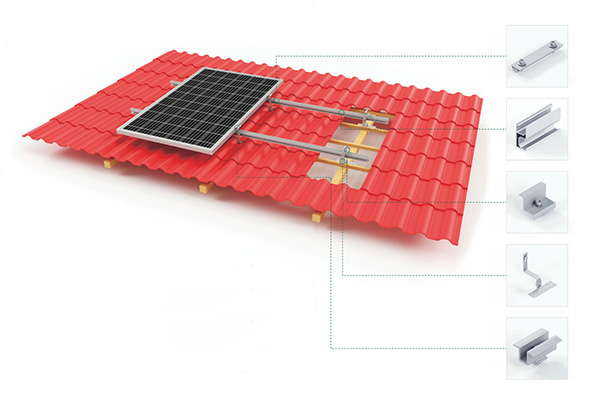
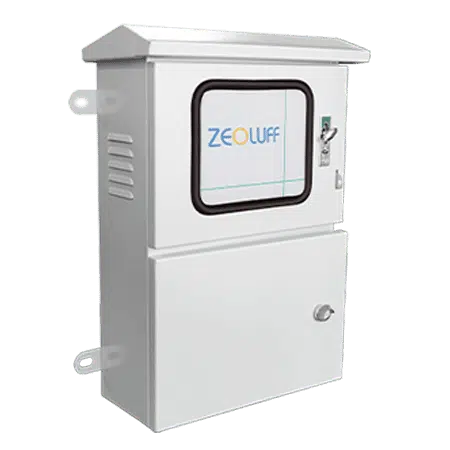
Power Distribution Box:
Function: The electrical energy is distributed from the solar inverter to the AC load system through the energy meter.
Features:
1. Small size, simple installation, special technical performance, fixed position, stable and reliable operation.
2. High level of safety protection.
3. Intuitively display the conduction state of the circuit.
Related Products You May Get Interested:
Contact Us Now! Interested in our products? Please send your inquiry in the form below.

